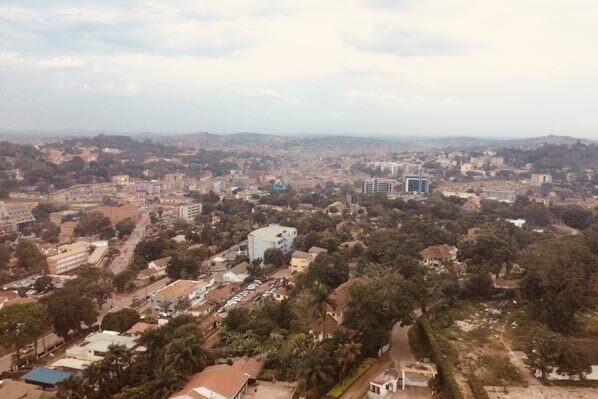Mental + Material Manifestations of Spatial Injustice. The Case of Kampala, Uganda

Fifty percent of the world population is already living in cities. By 2050, it is expected, that more than two-thirds will live in urban settlements. The growth will mostly occur in African countries where one billion people live at present and more than four billion people are expected to live by the end of the century and thus make up more than one-third of the world’s population.
This rapid growth steadily increases the importance of sustainability in urban planning while it also contributes to rising spatial injustice, mostly in sub-Saharan Africa. Access to land, services, employment opportunities and therefore also the city itself vary strongly between different income and social groups. These gaps are significant and disadvantage the already most vulnerable groups even more, specifically under the increasing threat of climate change and its accompanying risks. The understanding thereof as well as realising which factors positively or negatively influence spatial justice is crucial for tackling these inequalities.Using the case of the capital of Uganda, Kampala, and the different layers of spatial injustice, this work aims at building a better understanding of spatial injustice itself, its implications for urban residents, the driving forces, as well as the mental and material ways how it manifests itself by looking at the topic from different perspectives and providing a broader overview of intertwined concepts while also going deeper into some of the most important aspects, as well as the particularities of Kampala.